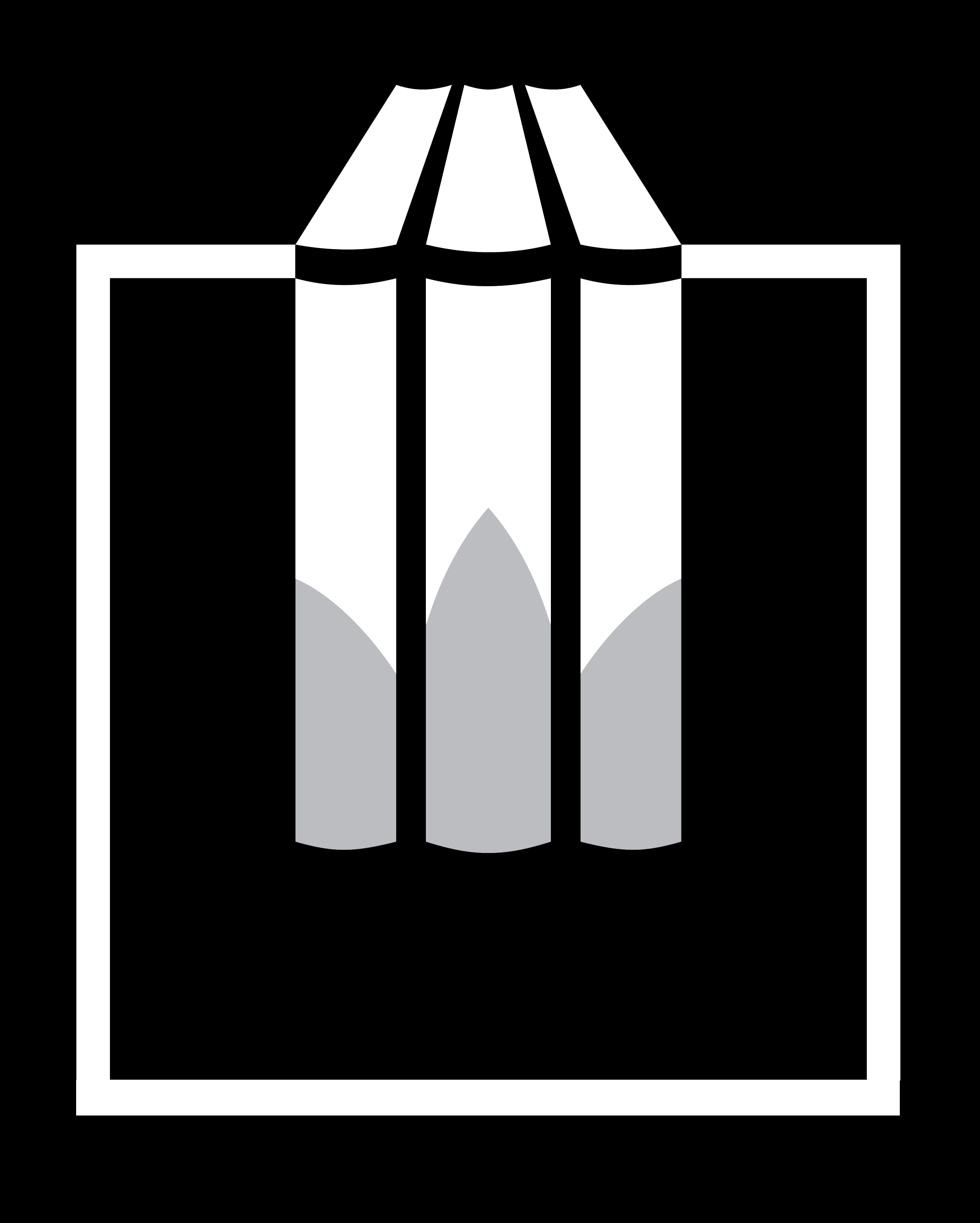The Shroud in Turin
Krzysztof Sadło ![]()
Polish Syndonological Centre, Kraków, Poland
The Shroud owes its appellation “of Turin” to the fact that it has been kept and exhibited in Turin since 1578. It found its way there itself there mainly due to the will of its owners—the Savoia family (the House of Savoy)—who in 1453 took possession of the Shroud and brought it to their ancestral seat, which was originally Chambéry in southern France. The Shroud remained there until 1578, from where it was transferred to Turin due to the change of the Savoy family seat. An additional argument of Duke Emmanuel Philibert in favour of the decision to move the Shroud to the Piedmont’s capital was the desire to spare the hardship of the journey across the Alps to the Bishop of Milan, St →Charles Borromeo, who, during an epidemic plaguing Italy, vowed to make a pilgrimage to the Holy Shroud with the intention of warding off the plague (cf. →The Shroud in the Hands of the House of Savoy).
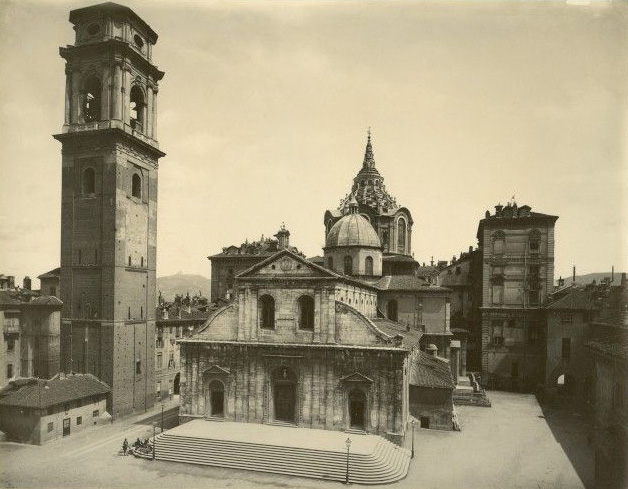
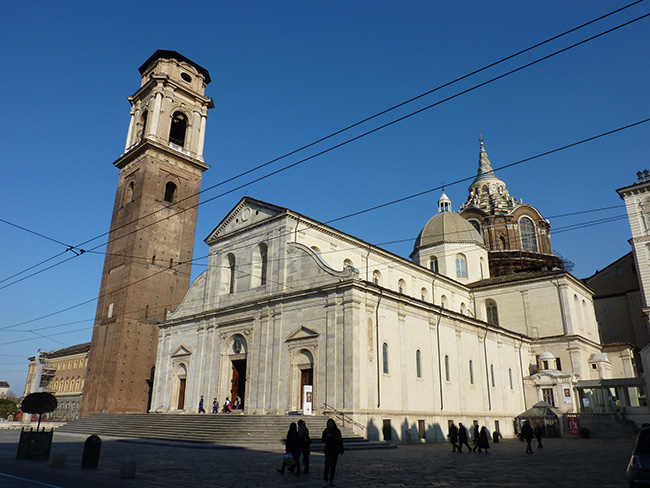
In its further history, the Shroud was only twice outside Turin: in 1706, when the city was besieged by the French during the then ongoing War of the Spanish Succession, it was transported to Genoa, from where it returned after a few months, and during the II World War, when, due to fears of bombings and of German Nazi relic hunters of the likes of Heinrich Himmler, the Shroud was hidden in the Benedictine Abbey of Montevergine, south of Naples.
After being moved in 1578, the Shroud found its way to the Cathedral of St John the Baptist in Turin, where its storage location changed several times in the following decades, finally ending up in 1694 in a chapel adjacent to the cathedral specially built for it by architect Guarino Guarini. The Shroud then, as before, was not on public display.
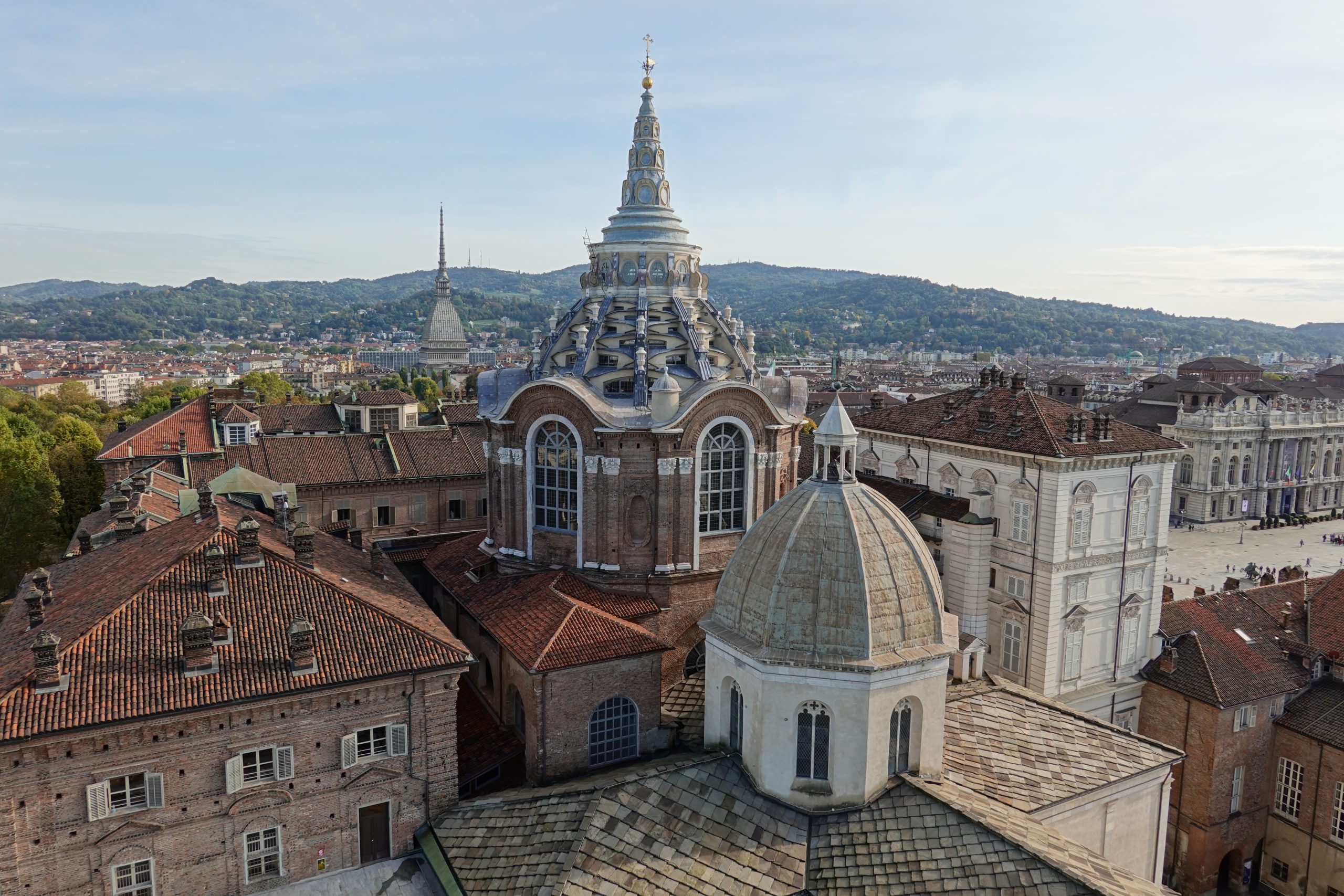
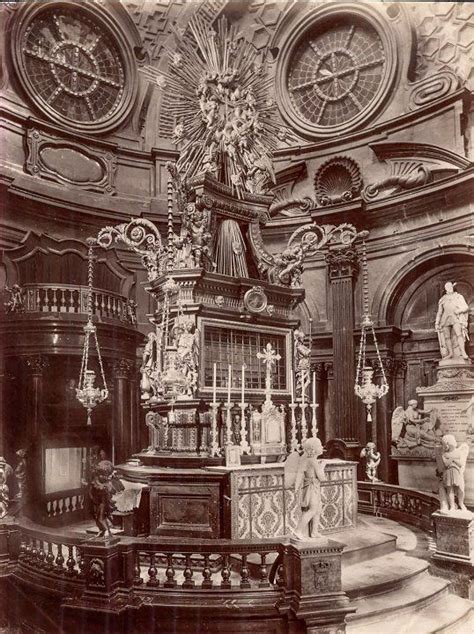
Between 1578 and 1720, except on special occasions, the Shroud was always exposed once a year, i.e. on 4 May, the liturgical memory of the Holy Shroud, established in 1506 by Pope Julius II. After 1720, expositions became less frequent: the cloth was shown on average every few decades for a few days. In 1898, during one such exhibition, the Shroud was photographed for the first time by →Secondo Pia, which gave rise to the scientific world’s interest in this extraordinary relic. In October 1978, a group of the Shroud of Turin Research Project (→STURP) arrived in Turin and, within a few days, subjected the fabric to the most comprehensive scientific study in its history. After the death of Humbert II of Savoy (18 March 1983), the Holy See became the owner of the Shroud by virtue of his will.
Pope John Paul II decided to leave the Shroud in Turin. On 21 April 1988 samples were taken from the linen for radiocarbon dating, the results of which have proved to be the cause of the controversy over determining the age of the origin of the cloth that continues to this day.
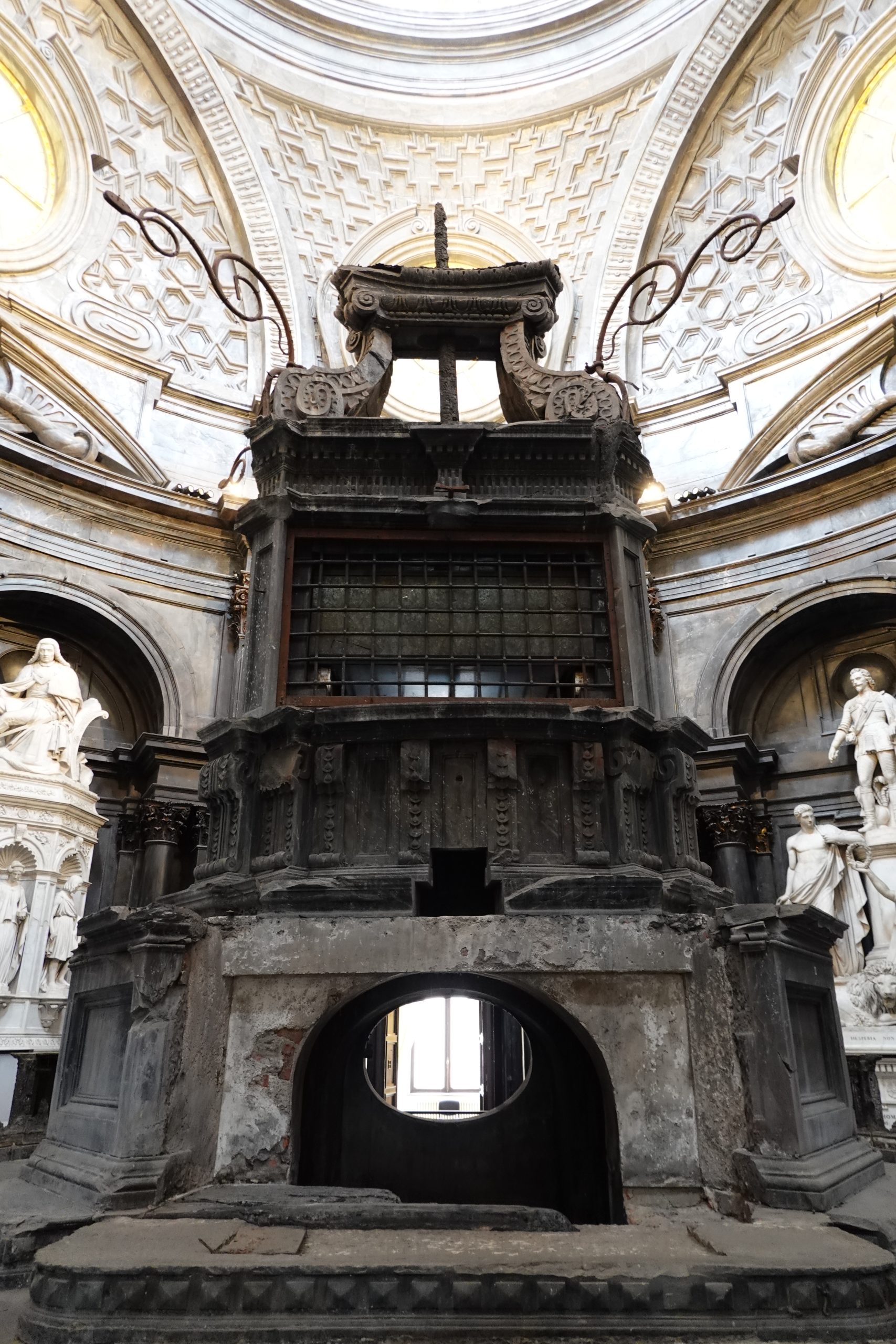
On the night of 11–12 April 1997, a fire broke out in Turin Cathedral, during which the Shroud was carried out of the burning chapel. According to expert opinion, it did not suffer any visible damage. In the summer of 2002, a restoration was carried out: the patches sewn on by the Poor Clares in 1534 during the repairs to the Shroud after the fire of la Sainte-Chapelle de Chambéry in 1532 were removed and replaced with new, slightly smaller ones, and the entire surface of the Shroud was cleaned with a miniature vacuum cleaner, the linings of the Dutch linen were replaced and finally the maintenance of the whole was carried out. The operations performed at that time and their rationale continue to be the subject of dispute among researchers of the Shroud to this day.
Nowadays, the way the Shroud is stored has also changed: on a daily basis, it remains closed, fully unrolled, in a horizontal position, in a sealed aluminium reliquary with glass from above, in a neutral gas atmosphere. Successive public exhibitions of the Shroud, lasting on average several weeks each and attracting millions of pilgrims from all over the world, took place in 1998, 2000, 2010 and 2015, with the last such event taking place on 9 July 2022 during the Taizé Youth Meeting in Turin.
References
Accornero P.G., Całun. Historia, nauka, kult, tłum. K. Kozak, Kielce 2017.
Centro Internazionale di Studi Sulla Sindone, Sindone – Le ipotesi storiche, [on-line:] https://sindone.it/museo/wp-content/uploads/2021/06/APPROFONDIMENTO-STORICO.pdf – 31 III 2022.
Fanti G., Gaeta S., Tajemnica Całunu, tłum. M. Masny, Kraków 2015.
Frale B., Całun Jezusa Nazarejczyka, tłum. G. Rawski, Kraków 2012.
Hesemann M., Chusta Chrystusa. Naukowcy na tropie zmartwychwstania, tłum. E. Skowrońska, Kraków 2014.
Marion A., Lucotte G., Tunika z Argenteuil i Całun Turyński. Podsumowanie badań, tłum. A. Łatka, Kraków 2008.
Wilson I., Całun Turyński, tłum. A. Polkowski, Warszawa 1983.
Zaccone G.M., Całun Turyński. Historia tajemnicy, tłum. D. Wronikowska, Kraków 2011.
Sources of Illustrations
1. Wikimedia Commons, https://pl.m.wikipedia.org/wiki/Plik:Brogi,_Giacomo_(1822-1881)_-_n._3758_bis_-_Torino_-_La_Cattedrale_(S._Giovanni_Battista;_Meo_del_Caprino,_1498).jpg,Giacomo(1822-1881)-_n._3758_bis–Torino–La_Cattedrale(S._Giovanni_Battista;_Meo_del_Caprino,_1498).jpg (public domain)
2. Wikimedia Commons, CC license, source: https://commons.wikimedia.org/wiki/File:Torino_2.2012_076.jpg
3. Cappella della Sacra Sindone, https://www.flickr.com/photos/o_0/49192714478 (Guilhem Vellut, CC BY 2.0)
4. and 5. License: Atlante di Torino, http://www.atlanteditorino.it/Sindone/album/index.html (educational use)
